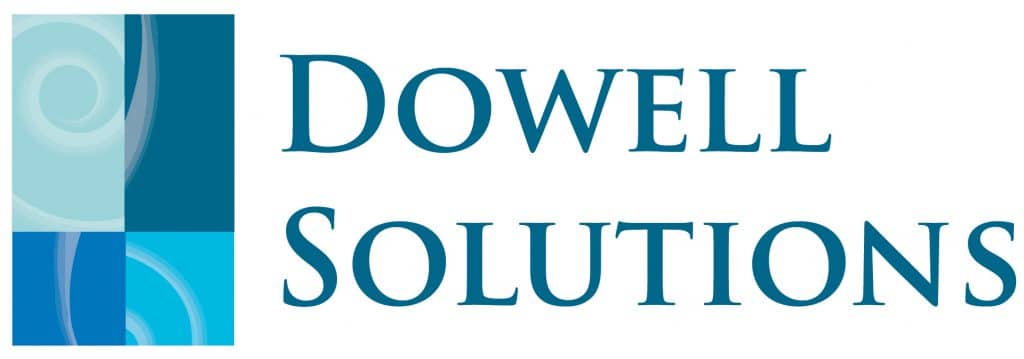Several components add up to how much your annual workers’ compensation premium will be if you know what they are and which ones you can control, you can then work on reducing them. Workers compensation insurance premiums are based on a number of components including:
- The industry in which the employer operates (the industry premium rate takes into account the costs of compensation claims that have occurred in the industry)
- The amount of wages the employer pays to its workers
- The costs of any claims made by their workers (for employers with a basic tariff premium greater than $10,000 and with wages greater than $300,000)
- The dust diseases levy
- The mine safety premium adjustment (for mining industry employers)
The components that are out of your control are the industry tariff, cost of medical providers and the dust levy. Following are some ideas on how you can potentially reduce your workers’ compensation premium.
Ensure proactive safe systems at work to minimise injuries.
One of the major components you can control is people not getting injured in the first place. Ensuring safe systems of work and regular hazard identification and workplace inspections will help with this. Ultimately, the safer workplace you have will lead to fewer injuries that occur which will result in fewer claims and a reduced premium. Basically, a reduction in your workers’ compensation claims will equal a reduction in your workers’ compensation premium.
Understand the cost of claims.
The main factors to a cost of claim are the types of injury sustained; the amount of lost time incurred; the length of time a claim is open; and how many claims remain open from one premium year to the next.
Check your basic tariff.
Ensure you are listed under the correct industry tariff that best describes the process and work that is performed in your organisation. Investigate to see if you can split parts of the organisation into cheaper tariffs i.e. a manufacturing process line would be one tariff, however, any administration or office workers could be under a cheaper tariff as their work is less hazardous.
Check your employer categories are correct.
Ensure that your premium has listed the correct category based on the determination of your business i.e. small, medium or large. Small employers do not have their premiums experience adjusted whereas medium to large employers do.
Manage and review your claims closely.
Where possible have a designated person who is trained in Return to Work and Rehabilitation to manage your claims closely. Have a rehabilitation coordinator/provider go to the doctor with the injured employee (where appropriate, and permission has been granted) to ensure the treating doctor is aware of the type of tasks the injured worker has available to them for suitable or light duties. Also, ensure quarterly reviews with your insurance company and any external rehabilitation providers as this gives you the opportunity to understand what each party is doing and where they are up to with each claim.
If you are concerned about the medical evidence you are receiving regarding an injured or ill employee you are entitled to get an independent medical examination to determine the nature of the injury.
Provide suitable duties
Having employees “unfit for work” is what will drive the cost of the claim up quickly and also add to the next three (3) years premium. Ensuring you have suitable duties available to have someone back at work, even it is on restrictions and less hours is not only better off for the employee, it will also reduce the final cost of the claim and therefore reduce your premium. Remember, suitable or light duties cannot be demeaning.
Ensure your claims are closed ASAP
Having claims open over your renewal can add cost to your premium. Also having claims open longer than required can also increase the value of the forecast of a claim. Therefore, having your insurer close the claim as soon as practical is good practice and will save you dollars.
As soon as you get someone back to work with a full clearance after an injury, advise your insurer and seek for the claim to be closed as soon as practical. Usually, they will wait until they have all the invoices from medical treating doctors.
Be organised
It may sound obvious, however, you would be surprised to know that many companies don’t communicate to their insurer unless they have a problem with an injured worker. Some only know their premium year has ended when they receive an invoice or request to update their information or their wages declaration.
Knowing when your premium year ends gives you the chance to ensure your insurer has closed any claims that are still lingering. Put dates of medical appointments and medical certificates in your diary so you can follow them up and ensure an injured employee attends the appointment and provides you with an updated medical certificate.
Keep workers compensation files separate.
Considering keeping workers compensation claims files separate to staff personnel files and are always kept under lock and key for security and privacy. Have template documents and forms ready for filling out and processing when claims occur. Have one folder per person per claim, with all documents in date order. This is so if you are ever legally requested to present the information from the file, it can be photocopied easily and will read like a story of events, or if the regulator requests the file they only take the file of the claim, not their entire personnel file.
Being organised will ensure your claims are managed effectively and efficiently.
